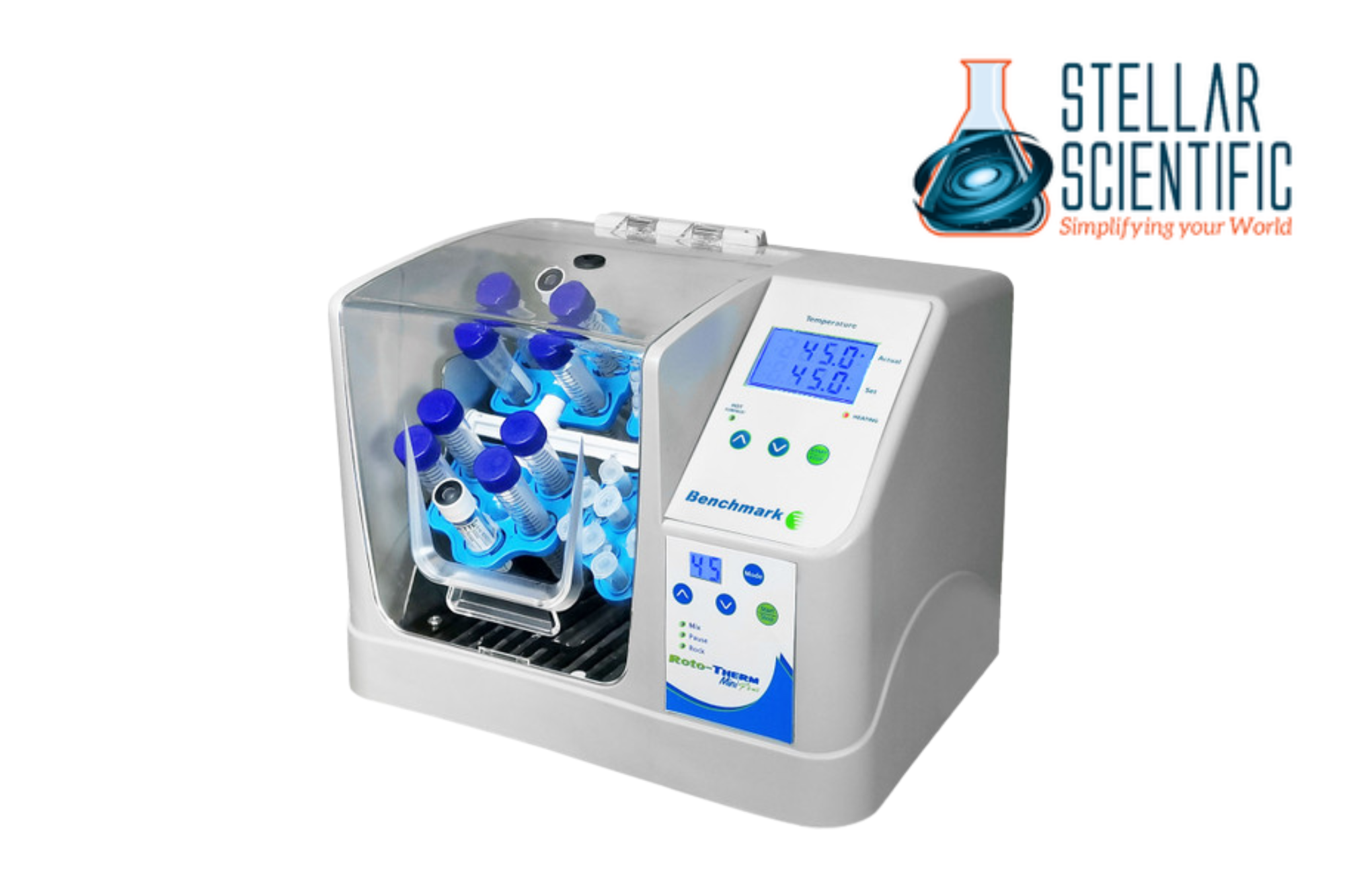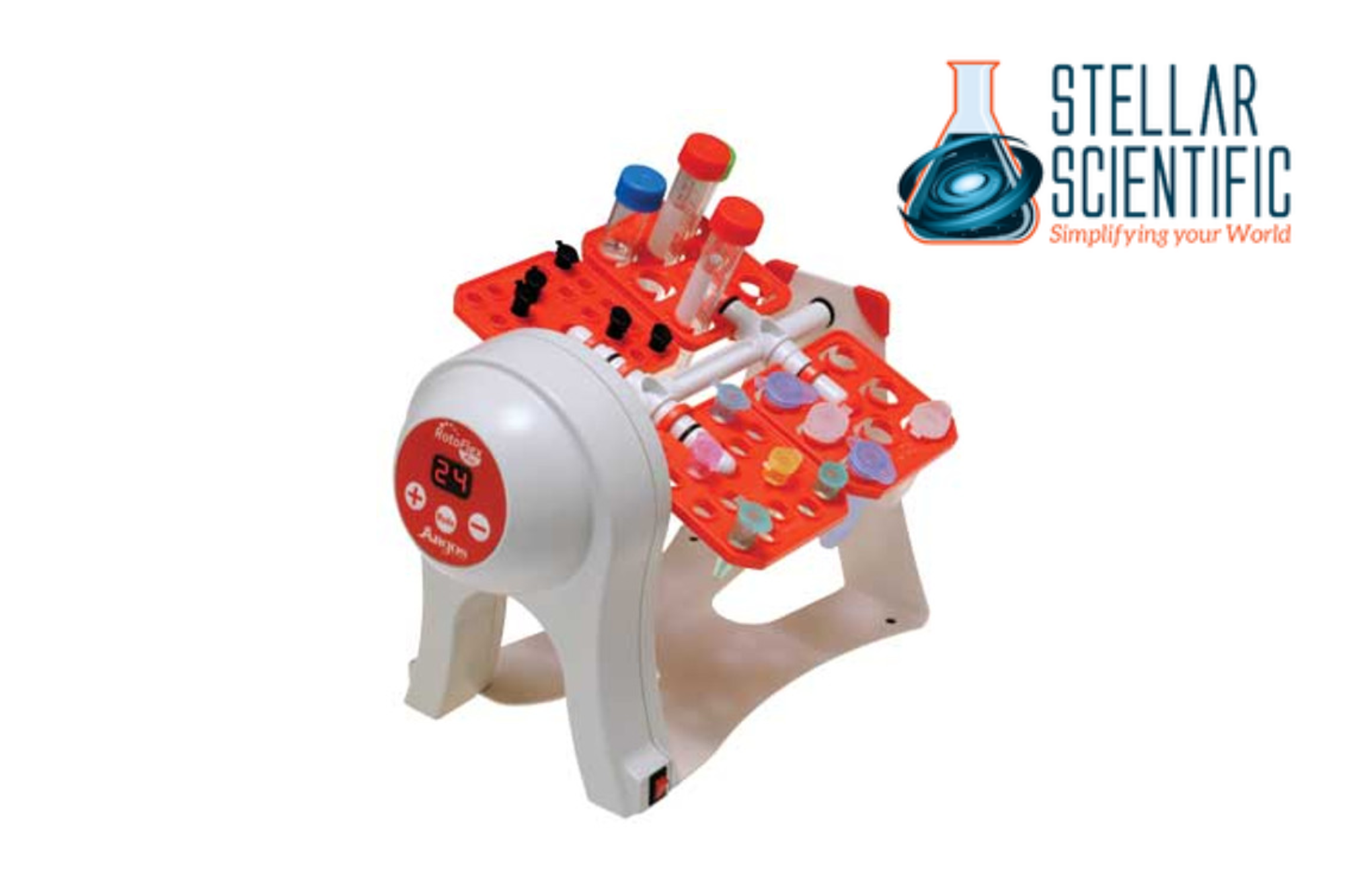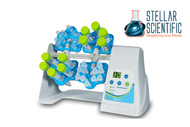Better Results Start With the Right Tube Rotator
7th Jul 2025
In modern laboratory environments, the efficiency and precision of sample preparation can significantly impact the quality of your results. One often-overlooked tool that plays a critical role in this process is the tube rotator. Whether you're conducting biological assays, chemical reactions, or routine sample mixing, the right tube rotator ensures uniformity, reduces error margins, and protects sensitive samples from degradation.
Tube rotators are designed to mix fluids by rotating sample tubes at specific speeds and angles. Their gentle, continuous motion is ideal for preventing sedimentation, ensuring thorough suspension of cells or particles, and maintaining the integrity of fragile components such as blood or DNA. Choosing the right one can improve workflow efficiency, sample reliability, and overall lab productivity.

Understanding the Role of Tube Rotators in Sample Handling
Sample mixing is a critical step in many experimental protocols. Unlike vortexers or shakers, tube rotators provide a gentle and consistent rotational motion that is particularly effective for applications requiring prolonged mixing without the risk of damaging delicate samples.
Common applications include:
- Hybridization reactions
- Cell culture mixing
- Blood sample inversion
- Antibody binding assays
- Resuspension of pellets
A poor-quality or improperly selected rotator may result in incomplete mixing, cell lysis, or temperature-sensitive sample degradation. This is why investing in a high-performance, lab-appropriate rotator is not just a convenience; it's a necessity.
Key Features to Look for in a Tube Rotator
Not all tube rotators are created equal. Different labs have different needs, and understanding the features that matter most can help you choose the best device for your application. Below are key considerations:
1. Adjustable Speed and Tilt Angle
Being able to adjust the rotation speed and angle is crucial for tailoring the device to your specific application. Some protocols may require gentle mixing, while others benefit from faster, more vigorous rotation. A variable tilt angle allows you to simulate end-over-end mixing or tumbling, depending on your desired outcome.
2. Tube Compatibility and Capacity
Check what tube sizes the rotator supports. Many models offer adapters for microtubes, blood collection tubes, centrifuge tubes, or conical tubes. Consider your lab’s throughput and whether you need a device that can handle multiple tubes simultaneously.
3. Continuous vs. Timed Operation
Some experiments require consistent long-term mixing, while others benefit from timed cycles. A high-quality rotator should offer both options with intuitive control panels or programmable settings.
4. Temperature Tolerance
If your experiments involve temperature-sensitive samples, it’s essential to choose a tube rotator that can operate within incubators or cold rooms. Heat-sensitive electronics or non-resistant plastics can limit device placement and flexibility.
5. Footprint and Portability
Compact rotators with small footprints are ideal for labs with limited bench space. Some models even come with battery operation or lightweight designs, which are useful for mobile or field labs.
Choosing the Right Rotator for Specific Applications
For Clinical Laboratories
In clinical settings, precision and consistency are paramount. Blood test tube rotator must gently invert samples to prevent clotting and preserve sample integrity. Models designed for blood collection tubes typically offer consistent, low-speed rotation and high sample capacity.
For Research Laboratories
Research labs often require flexibility. Whether you're mixing reagents, suspending cells, or performing binding assays, you need a rotator that supports various tube sizes and can adapt to diverse protocols. Programmable rotators with customizable speed and angle settings are highly recommended.
For Educational Laboratories
In academic settings, budget and ease of use are key. Rotators with user-friendly controls, safety features, and multi-tube capacity can provide excellent value while helping students develop proper lab techniques.

Maintenance and Best Practices
To ensure long-term performance, regular maintenance is essential. Here are some best practices:
- Clean regularly: Wipe down the unit with a mild disinfectant to prevent cross-contamination.
- Avoid overloading: Exceeding the tube capacity can strain the motor and reduce lifespan.
- Check calibration: Periodically verify that speed and angle settings remain accurate.
- Inspect for wear: Rubber grips and rotating parts should be inspected for signs of deterioration.
Proper maintenance ensures that your rotator continues to deliver reliable, consistent results across applications.
Enhancing Lab Efficiency With the Right Equipment
Using the right test tube spinner is about more than just mixing; it's about creating consistency, preserving sample quality, and reducing variability across experiments. By improving the reproducibility of your results, a well-chosen rotator helps you meet high standards for scientific accuracy and reliability.
It’s a small investment that yields large benefits in terms of time saved, fewer failed experiments, and more confident results.
About Stellar Scientific
At Stellar Scientific, we are committed to providing reliable, high-performance lab equipment that empowers scientists to perform their best work. Our extensive catalog includes everything from centrifuges and microscopes to lab consumables and specialized tools like tube rotators.
We understand that laboratory professionals need not only quality products but also responsive customer service and fast shipping. That’s why we’ve built a reputation for delivering consistent value and support to research labs, clinical facilities, and educational institutions nationwide.

